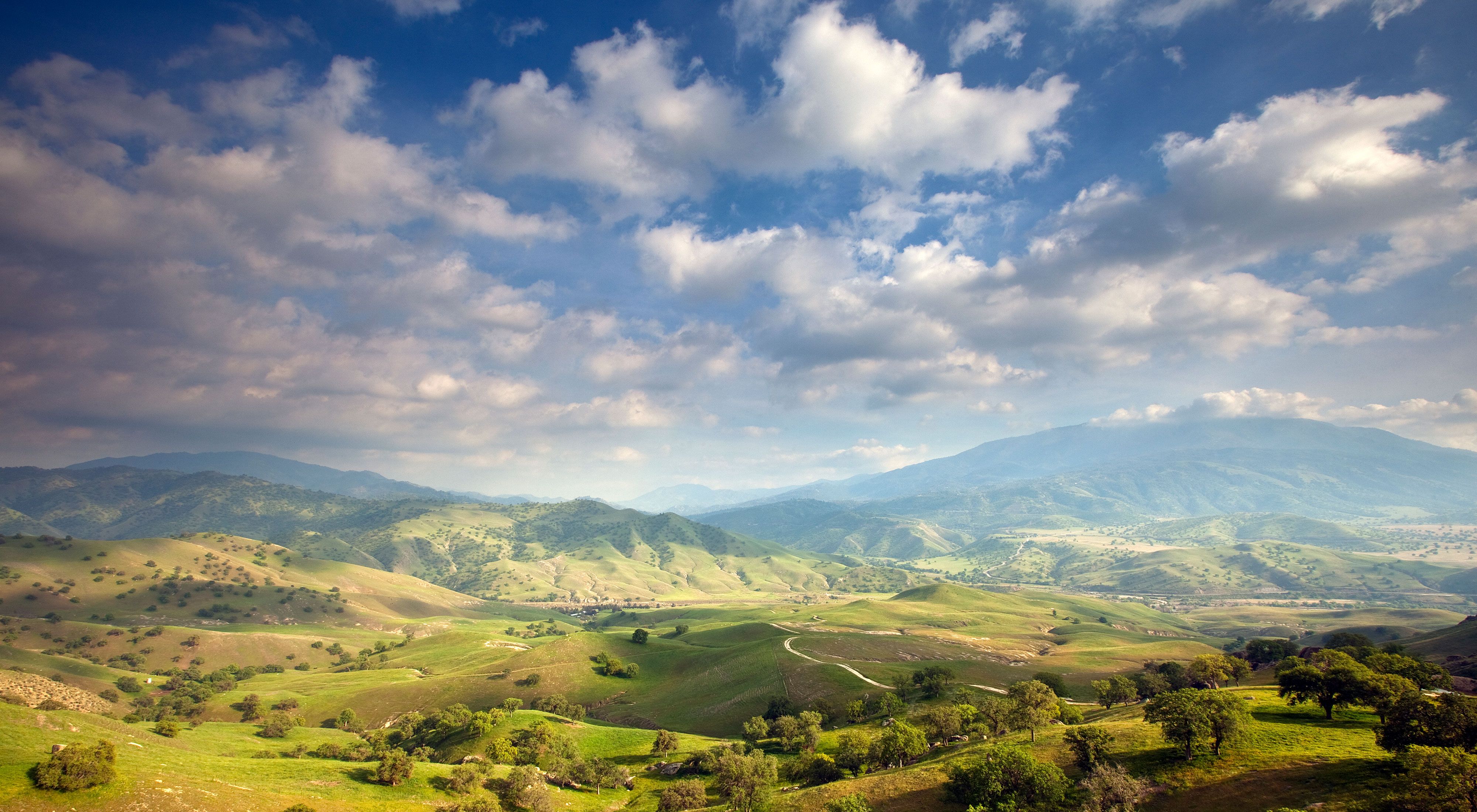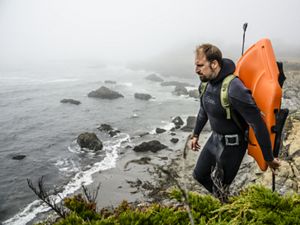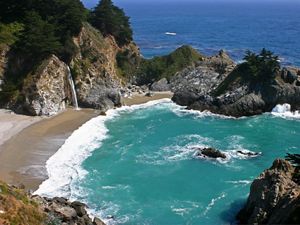San Diego is the most biologically rich county in the continental U.S.
The landscapes of San Diego County represent a rare jewel in America’s crown of great natural spaces. From its 70 miles of scenic beaches to its majestic mile-high mountains, bucolic grasslands and deserts abloom with wildflowers, both wildlife and people enjoy and depend upon the assets of this terrain. The most biologically rich county in the continental U.S. is, however, also the most threatened.
Protecting Habitats and Clean Water
Development threatens to destroy this essential resource, and as the population of southern California grows exponentially, the stakes for wildlife and humans alike have mounted.
San Diego County shelters approximately 200 imperiled plants and animals—more than in any other county in the nation. Endangered species include California songbirds, such as the least Bell’s vireo and California gnatcatcher; the arroyo southwestern toad; Stephens’ kangaroo rats; and San Diego fairy shrimp.
The county’s magnificent landscapes also ensure clean drinking water for residents while supporting farms and ranches and offering recreational opportunities to visitors from around the world.
Recognizing the urgency of preserving these irreplaceable assets, The Nature Conservancy has partnered with both public agencies and private individuals to acquire essential lands and influence policy with respect to development, land use and public conservation funding.
Exportable Successes
The Nature Conservancy has achieved momentous results on multiple fronts in this 2.7 million–acre area. Decades of experience in southern California have led to the development of cutting-edge conservation strategies here—approaches that have served as a blueprint for maintaining biological diversity in rapidly developing regions in other parts of the country.
- San Diego National Wildlife Refuge
Together with our partners, we helped expand the 12,305-acre San Diego National Wildlife Refuge. The refuge protects rare coastal sage scrub, grasslands, vernal pools, riverside forests and other habitats for at-risk species found nowhere else in the world. This project is the cornerstone of the San Diego Multiple Species Conservation Program (MSCP), a landscape-wide habitat conservation plan to preserve habitat and species while allowing appropriate development. - San Diego Backcountry
San Diego’s backcountry covers a diverse variety of untamed landscapes, ranging from rolling hills and grasslands to mountains and deserts. The Nature Conservancy has protected many key properties in this area and helped create several new preserves, including the 5,400-acre Santa Ysabel Open Space Preserve, the 4,500-acre Cañada de San Vicente Preserve and the 4,000-acre Ramona Grasslands Preserve. The Conservancy has also helped expand and connect existing conservation lands, such as Anza-Borrego Desert State Park, Cuyamaca Rancho State Park and Volcan Mountain. - Borderlands
In the southernmost region of San Diego County, The Nature Conservancy is participating in an international conservation effort to protect key migration corridors. These corridors allow species that require large ranges, such as mountain lions, to move back and forth between northern Mexico and California.
What You Can Do
Because of the ongoing pressures of population growth in San Diego County, conservation efforts in this area face many challenges, and time is of the essence. Please consider donating to The Nature Conservancy in California.
Fast Facts
- Location: From the Mexican border north to Camp Pendleton and from the Pacific coast east to the Sonoran Desert
- Size: 2.7 million acres
- Number of acres conserved by The Nature Conservancy: 35,000
- At stake: Coastal sage scrub, Engelmann oak woodlands, native grasslands, conifer forests and vernal pools. Habitat for a vast array of sensitive species, such as burrowing owls, and endangered species, such as the California gnatcatcher, least Bell’s vireo, arroyo southwestern toad, Stephens’ kangaroo rat, San Diego fairy shrimp, Quino checkerspot butterfly, San Diego thornmint, Dehesa beargrass
Experience the variety and beauty of San Diego County by visiting:
- Santa Ysabel Open Space Preserve
- Volcan Mountain Wilderness Preserve
- Anza-Borrego Desert State Park
- Cleveland National Forest
- Cuyamaca Rancho State Park
Partners
- California Coastal Conservancy
- California Department of Fish and Game
- California Department of Water Resources
- California Regional Water Quality Control Board
- California State Parks
- California Wildlife Conservation Board
- Conservation Biology Institute
- Fallbrook Land Conservancy
- Local landowners
- San Diego Association of Governments
- San Diego County Department of Parks and Recreation
- San Diego Natural History Museum
- San Diego State University
- South Coast Wildlands
- The Trust for Public Land
- University of California San Diego
- U.S. Bureau of Land Management
- U.S. Department of Defense
- U.S. Fish and Wildlife Service
- U.S. Forest Service
- Wildlife Research Institute



